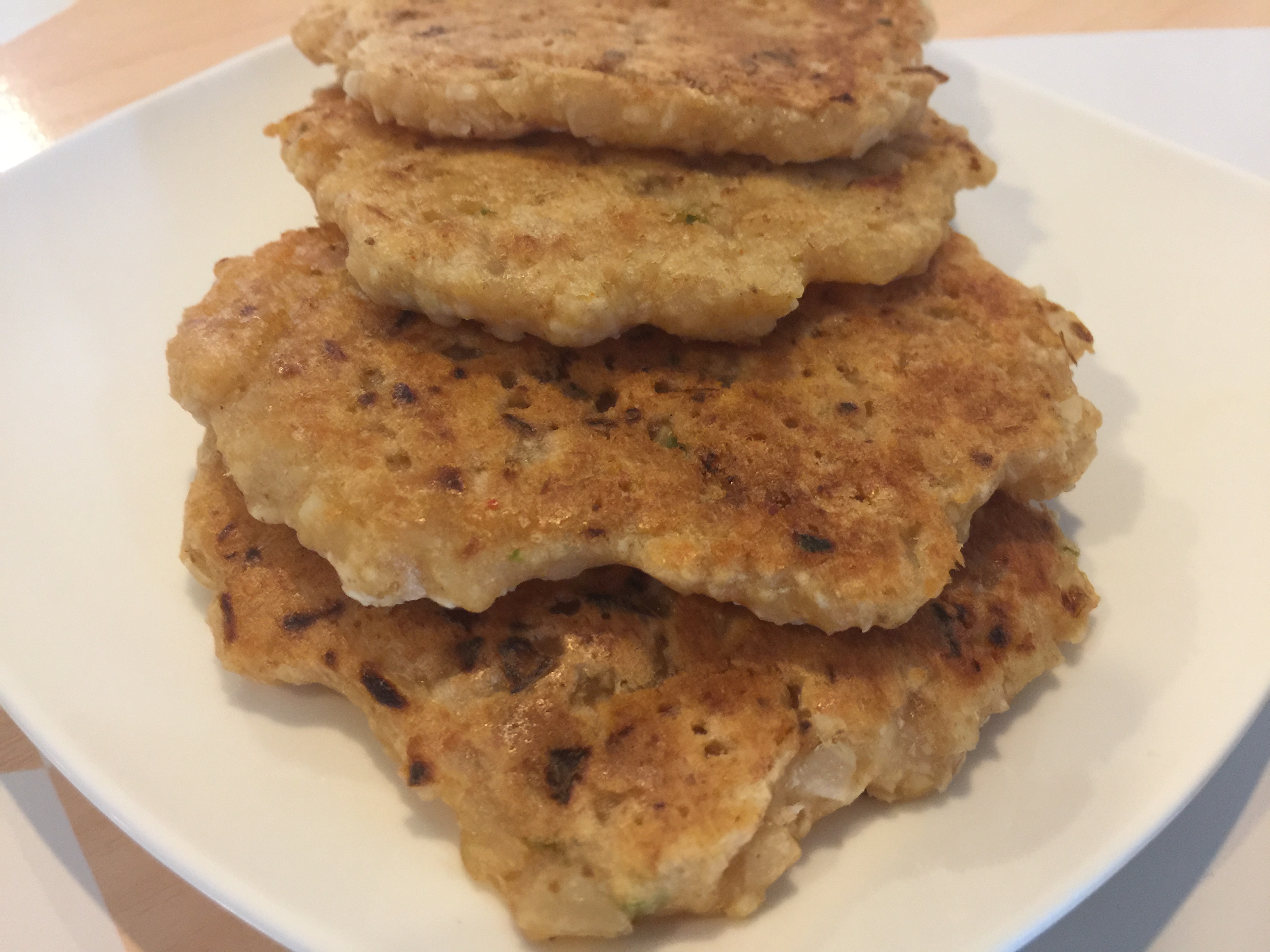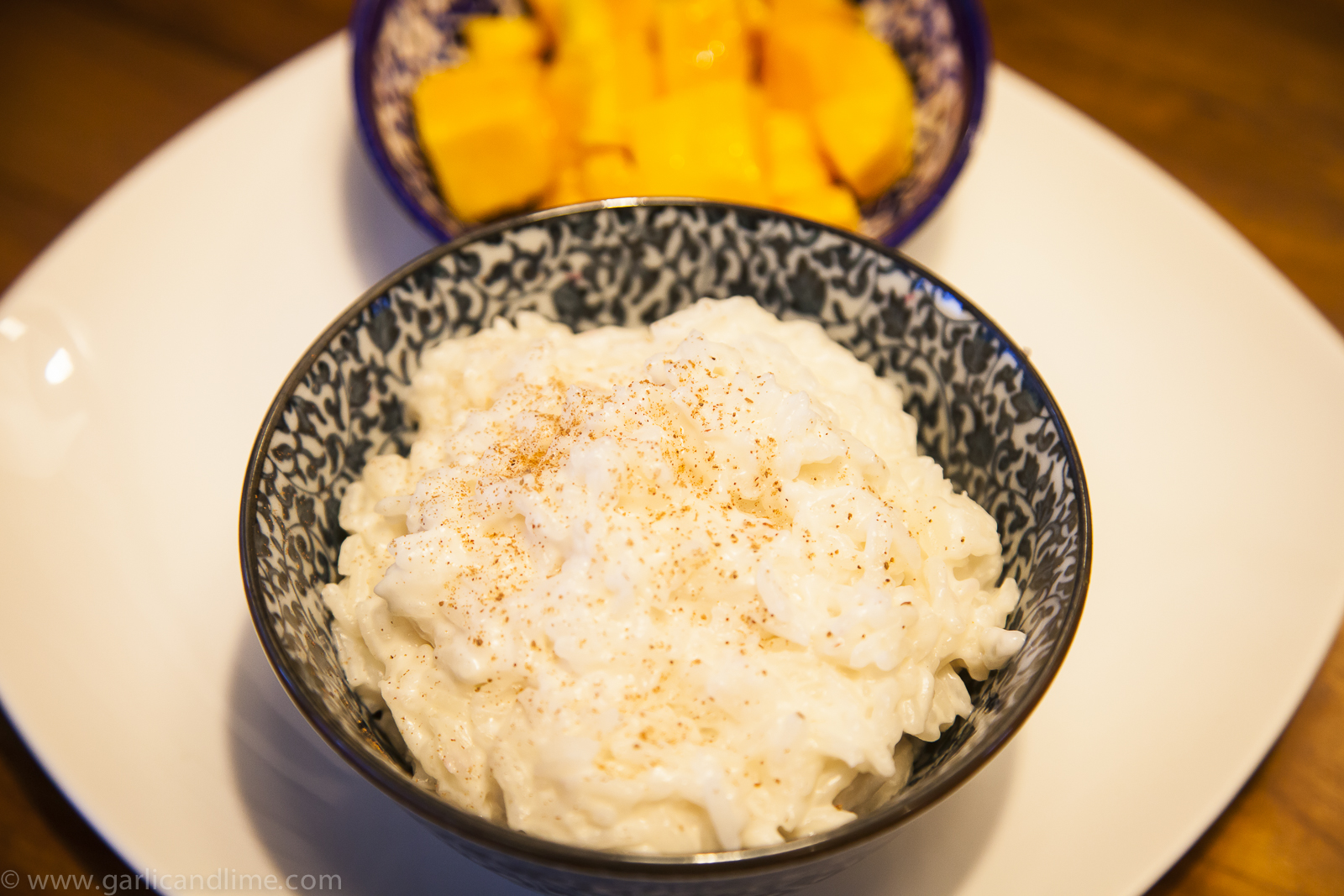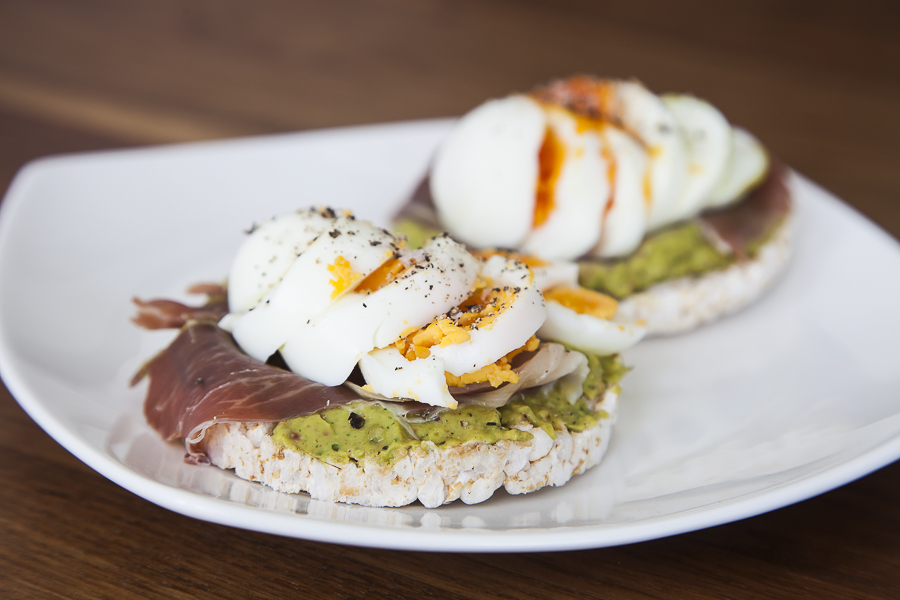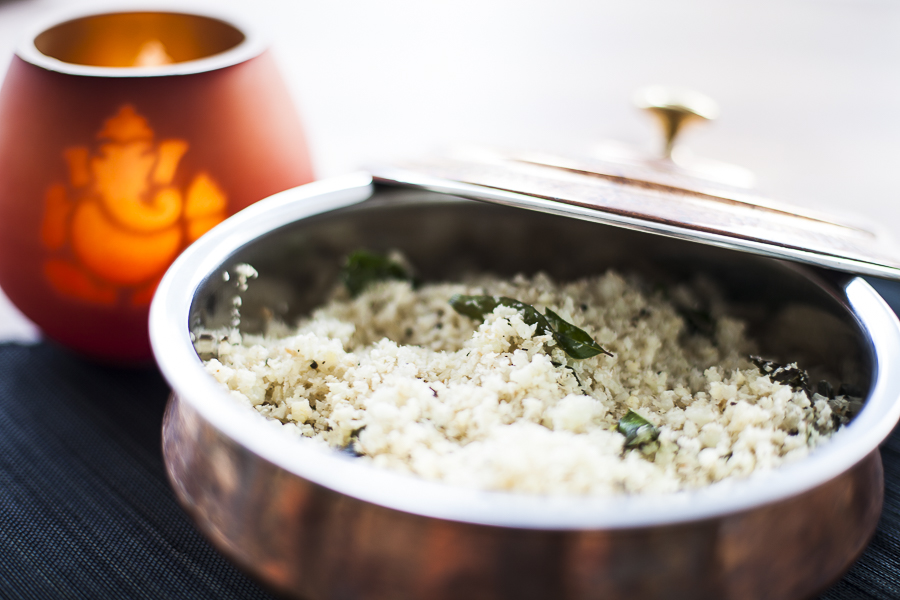These south indian patties are a great little bread to eat with a curry, or even to top with baba ganoush for a tasty snack or light lunch.
Ingredients
- 1/4 cup urad dal
- 1 onion, finely chopped
- 3 cloves garlic
- 1 tsp cumin powder
- 1 1/4 cup rice flour (or gluten free flour)
- 2/3 cup desiccated coconut
- oil for frying
- salt
Directions
- Place the urad dal in a frying pan and dry fry over a medium heat until the dal turns golden brown.
- Transfer the dal to a grinder (blender) and grind to a fine powder. Place the powder into a large bowl and set aside
- Finely chop the onion, and garlic. Add the onion, garlic and cumin powder to the dal powder in the bowl.
- Add the rice (GF) flour and coconut to the bowl as well. Slowly stir in 2 cups of water, or just enough to give a thick batter
- Heat 1 tsp of oil in a frying pan at a medium heat (induction 6). Spoon in a large spoon size amount of the batter into the pan, and spread it out to make a round about 10cm across. Cook until crisp and golden underneath (4-5 minutes). Turn over and cook for another 3-4 minutes. Remove from the pan and serve hot. Repeat for the rest of the batter.




